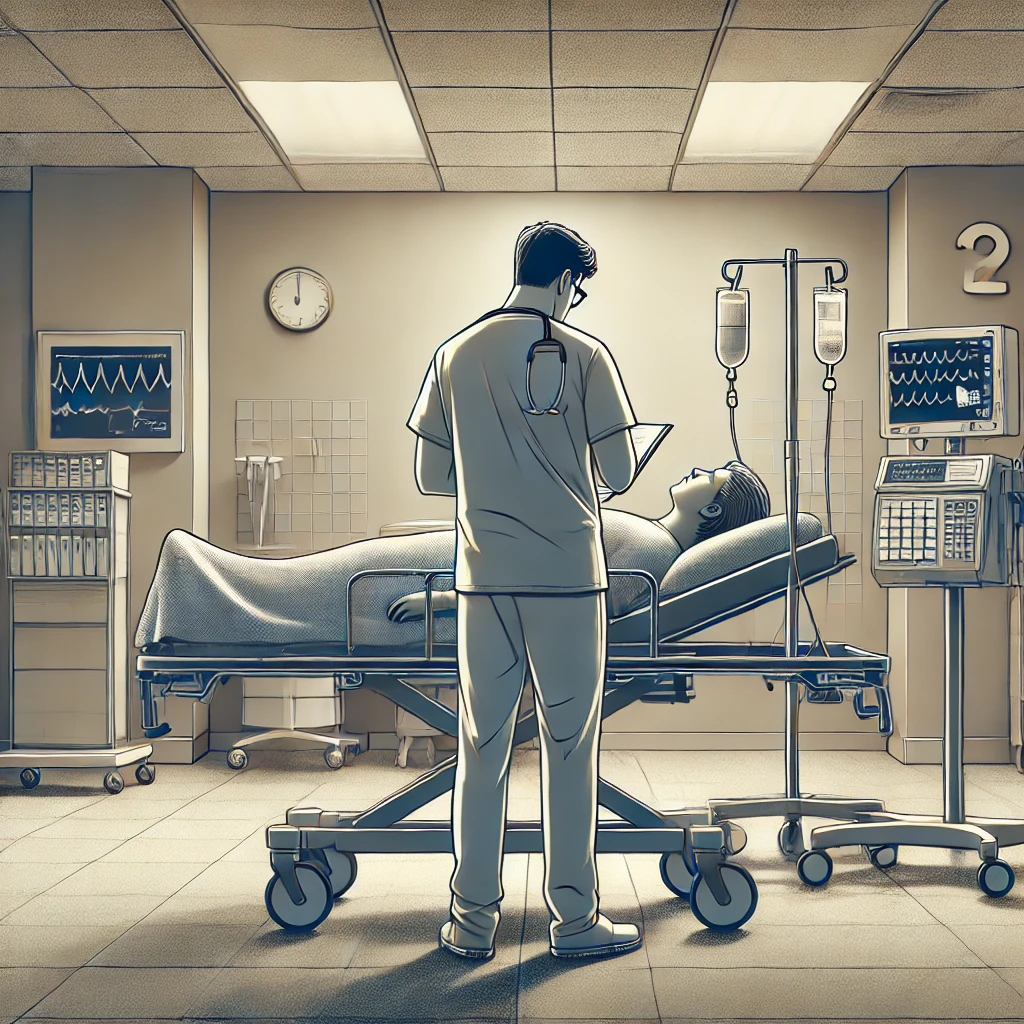Statistics on Synthetic Marijuana Use

The Facts and Figures
Why It Matters to You:
Understanding the real numbers behind synthetic marijuana can help you see why it’s dangerous—not just for your health but also for your job on the road.
Key Stats:
- Surge in Emergency Room Visits:
- Calls about synthetic marijuana problems jumped by about 330% between 2013 and 2015.
- In 2015 alone, over 6,000 cases were reported nationwide.
- About 1 in 4 people who had bad reactions needed to be hospitalized.
- Use Among Young People:
- About 7% of 12th-grade students have tried synthetic marijuana.
- Nearly 10% of high school students used it in the past year.
For Safety Sensitive Workers:
The data speaks for itself. Synthetic marijuana isn’t just a headline or a high school issue—it’s showing up in emergency rooms and safety reports. If you’re in a job where lives depend on your focus, it’s worth asking: is it ever worth the risk?
References
Centers for Disease Control and Prevention. (2015). Increase in reported adverse health effects related to synthetic cannabinoid use — United States, January–May 2015. Morbidity and Mortality Weekly Report, 64(22), 618–619. https://www.cdc.gov/mmwr/preview/mmwrhtml/mm6422a5.htm
Addiction Help. (n.d.). K2/spice statistics and trends. https://www.addictionhelp.com/k2-spice/statistics/
Nationwide Children’s Hospital. (2024, May). Synthetic THC exposure increasing in children, new study finds. https://www.nationwidechildrens.org/newsroom/news-releases/2024/05/deltathc_clinicaltoxicology
Odyssey House. (n.d.). Drug facts: High school and youth trends. https://odysseyhousenyc.org/drug-facts-high-school-and-youth-trends/
Office of National Drug Control Policy. (n.d.). Synthetic drugs (a.k.a. K2, Spice, Bath Salts) fact sheet. https://obamawhitehouse.archives.gov/ondcp/ondcp-fact-sheets/synthetic-drugs-k2-spice-bath-salts
